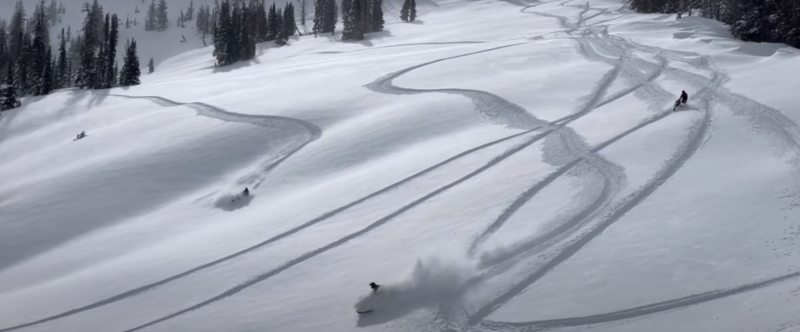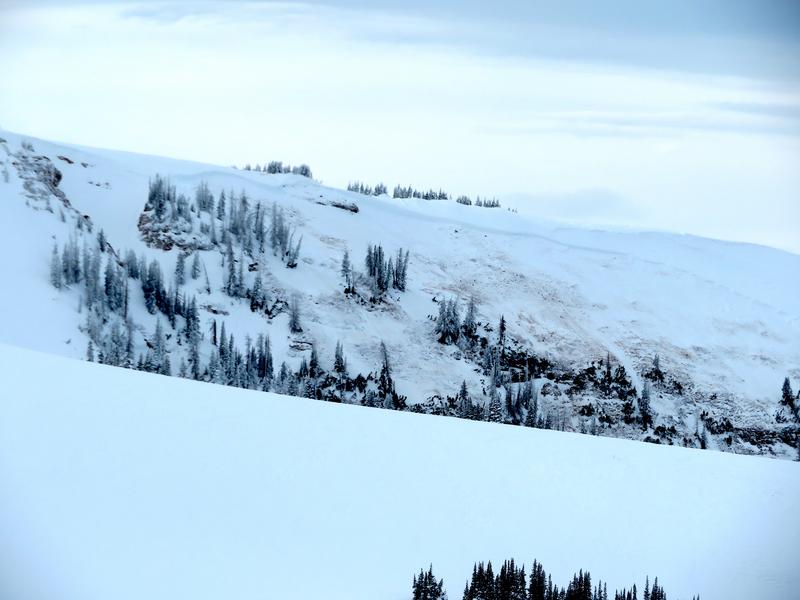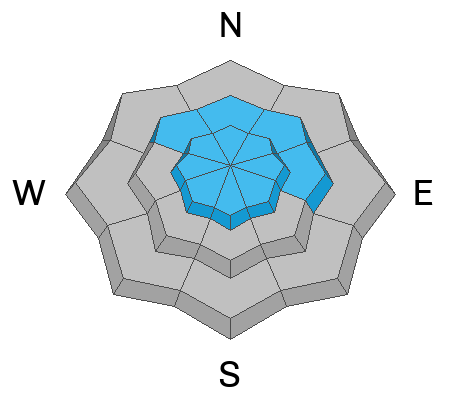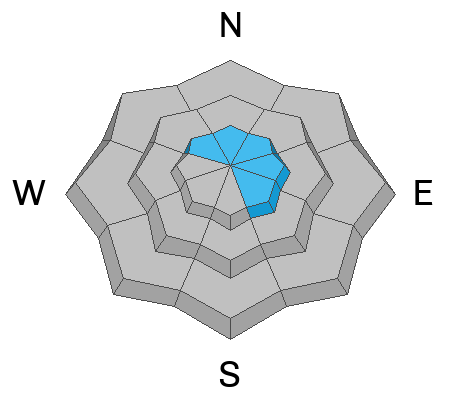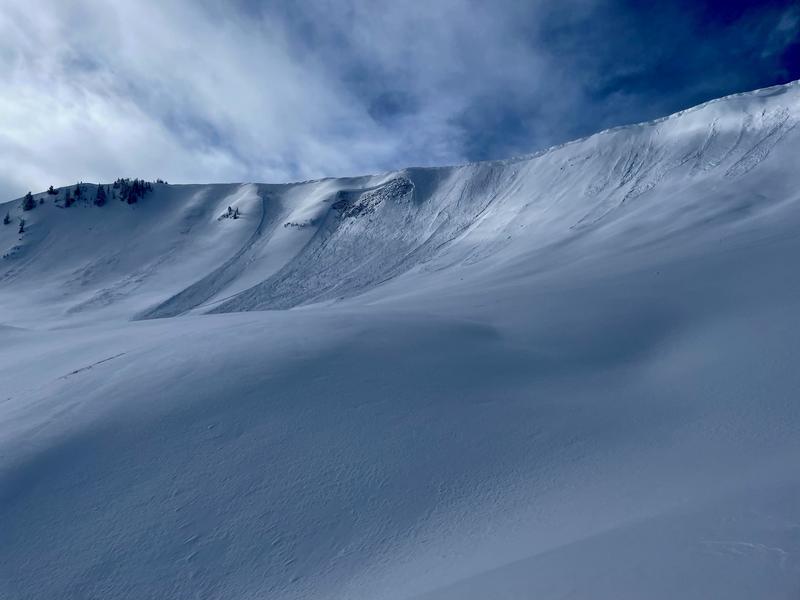Forecast for the Uintas Area Mountains

Issued by Craig Gordon on
Saturday morning, January 7, 2023
Saturday morning, January 7, 2023
The pow is deep, the skies are clear, and the stoke is high... it's days like this we do, what we do. It's also a trifecta of elements aligning for deceptively tricky avalanche conditions, because any slide that fails on weak, sugary, midpack snow is gonna be deep and dangerous, instantly ruining our day.
CONSIDERABLE avalanche danger is found on steep, upper elevation slopes in the wind zone at and above treeline. The danger is most pronounced in terrain facing the north half of the compass, particularly on slopes with an easterly component to their aspect. Human triggered avalanches LIKELY. Pockety and a little more predictable, don't get surprised... steep, mid elevation terrain near treeline is a player as well. You'll find MODERATE avalanche danger with human triggered avalanches involving the New Years storm snow POSSIBLE on steep, shady slopes. LOW avalanche danger is found on all aspects below treeline.
My exit strategy... I'm continuing my mini golf mindset.
Meaning, I'm keeping it super conservative and just starting to step out into steeper, lower elevation terrain (where the avy danger is LOW), but doing so on slopes with little to no consequence
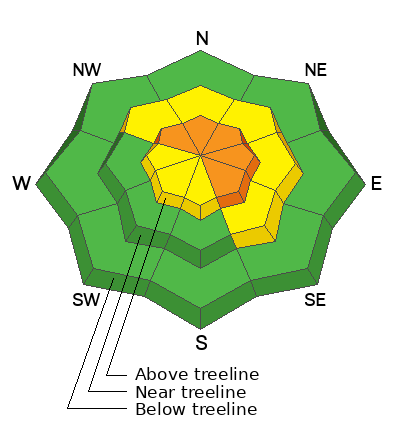
Low
Moderate
Considerable
High
Extreme
Learn how to read the forecast here


